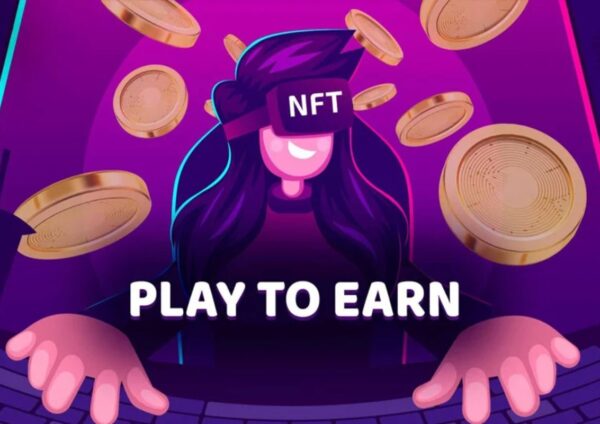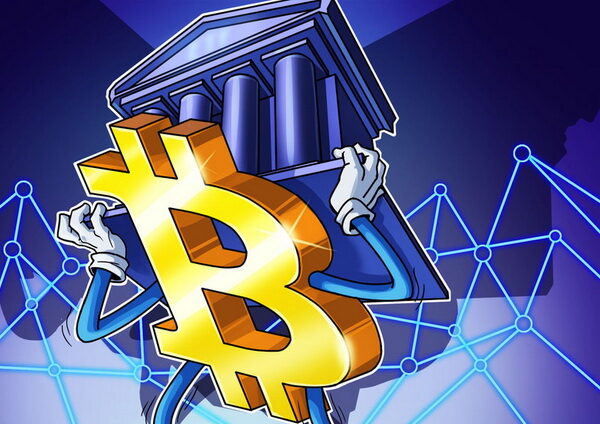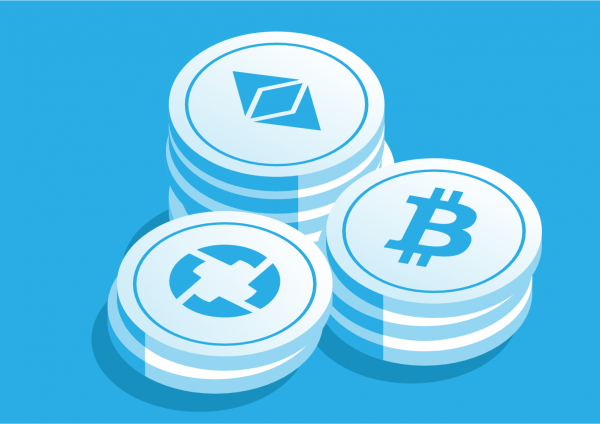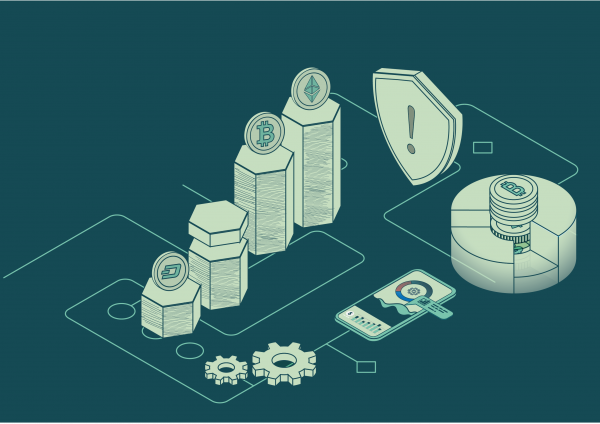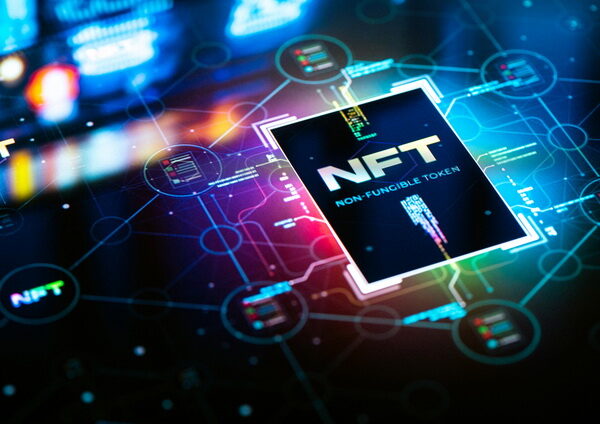DeFi vs. Traditional Finance: What You Need to Know?
At SmartCryptoStaking, we have our finger on the pulse of new developments and technologies emerging in digital finance (read more about the best crypto banks). The release of several DeFi gaming forums in 2021 made it an ideal time to discuss DeFi vs traditional finance.
Press releases announced the launch of a few DeFi-enabled gaming platforms over the last few months. No, it is not a misspelled fridge, Defy’s attempt at launching online games, or an internet-powered appliance shop, but the newest development in fintech DeFi.
In January 2022, 4.3 million active DeFi wallets were recorded. The numbers are increasing daily.
DeFi is the umbrella term for traditional financial services that DeFi exchanges can provide to users on a peer-to-peer basis.
The development of DeFi is still in its infancy. It is unlikely it will ever wholly remove traditional banking, but it may work in tandem to address different target markets.
If you look best DeFi coins to invest, start by buying the Lucky Block DeFi coin. It started selling at $0.035 but is growing steadily. The platform is affordable and on the verge of releasing a lottery gaming platform.
Lock your DeFi to a Blockchain for a period. Validators use them to verify new transactions. The Blockchain releases new DeFi crypto coins when transactions are verified. Stakeholders receive some of these coins as interest.
Fintech and DeFi may well sound unfamiliar to you. Bitcoin, cryptocurrency, digital money, crypto exchange, peer-to-peer transactions, crypto wallets, crypto casinos, and DEX, DeFi platform crypto to mention a few.
If you dabble in crypto, you are already part of the core financial technology that drives centralized and decentralized system.
The benefits of DeFi are that you can use your assets without paying for transactions you perform. You will get more for your money while spending less. For the internet-savvy, it is an investment principle bound to make Defi infrastructure expand rapidly.
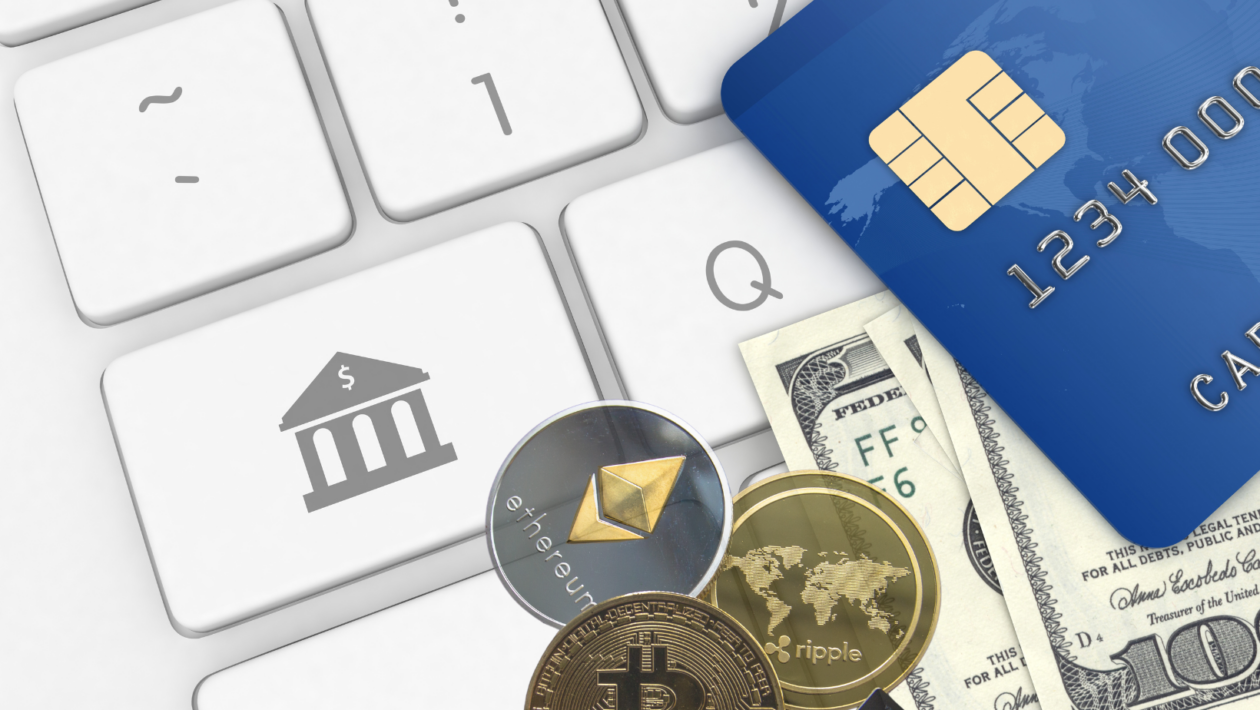
What is Centralized Finance Today?
Centralized Finance (CeFi) is how the world deals with its money daily. What you earn gets handed over to a financial institution or holding company. They allow you access to your finances at a cost.
To Play, You Need to Pay
Banks, brokers, lenders, and exchanges are classic examples of centralized financial service providers. They charge a service fee when you access their services to use your funds.
Centralized Finance Cryptocurrency Exchanges
Crypto is but one factor that powers decentralized finance companies. Until recently, approximately 99% of all crypto transactions went through centralized exchanges.
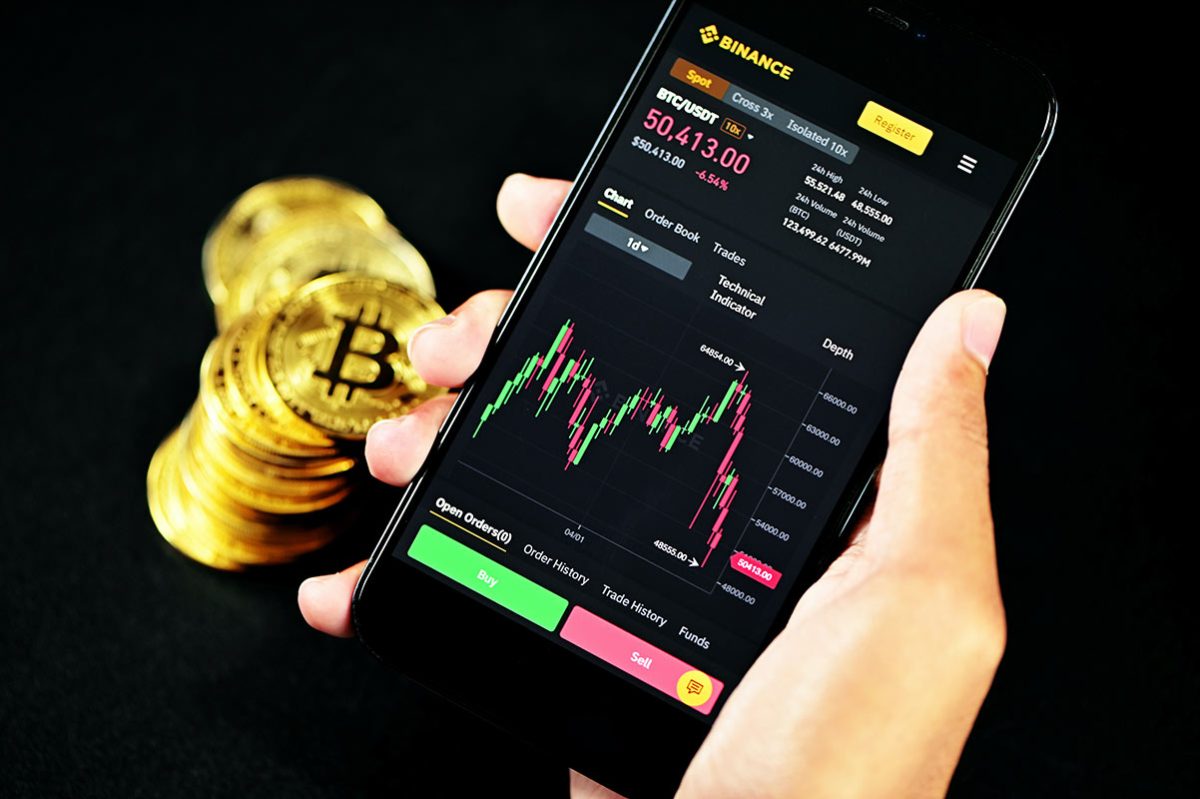
Sellers and buyers interact through cryptocurrency exchanges. They are intermediaries between transacting parties and charge transaction fees.
- Binance
- Bitfinex
- bitFlyer
- Bithumb
- Bitstamp
- Coinbase (Pro)
- FTX
- Huobi Global
- Kraken
- KuCoin
Read our article comparing Coinbase vs Kraken exchanges.
Understanding Decentralized Finance
A decentralized finance system (DeFi) is a peer-to-peer financial network. Peer-to-peer transactions cut out the middleman from financial transactions. Distributed Ledger Technology (DLT), combined with supported cryptocurrencies, is the force driving DeFi.

With DeFi, you can transfer funds directly to another party, such as a DeFi gaming platform, without paying intermediaries to enable the transfer. The technology allows them to receive your payment directly.
Blockchain
A blockchain is a distributed ledger technology (DLT). (Fintech) that allows making monetary transactions using Blockchain and cryptocurrency. It is a revolution in global Financial Technology.
DeFi vs Crypto
Bitcoin users developed Blockchain to solve the “double-spending” problem that cryptocurrency applications like Bitcoin encountered.
It makes it possible for DeFi fintech to do public transactions using cryptocurrency without going through a central custodian. Advantages of DeFi include capturing interactions between peers in a blockchain that operates on the global network, reflecting changes instantly.
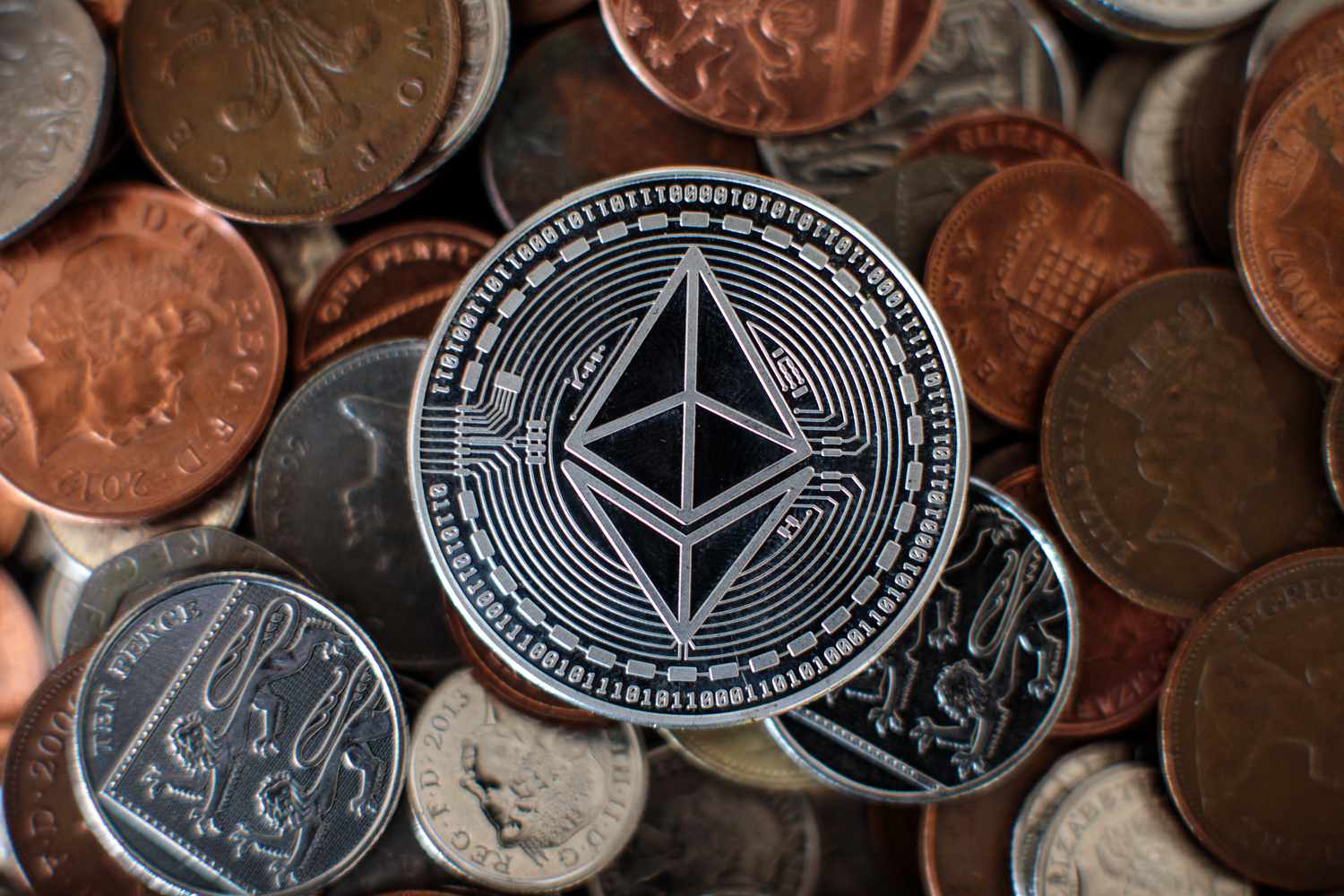
Supported Crypto Currencies
Dapps and protocols are DeFi’s decentralized apps and programs. These code snippets handle Ethereum (ETH) and Bitcoin (BTC) transactions.
Ethereum (read more about Ethereum staking) is adaptable to a much wider variety of functions than Bitcoin. Most dapps and protocol landscapes use the Ethereum code to perform financial transactions using different FinTech platforms.
- Decentralized Exchanges (DEXs)
- E-wallets
- Flash Loans
- Non-Fungible Tokens (NFTs)
- Stable Coins
- Traditional Financial Transactions
- Yield Harvesting
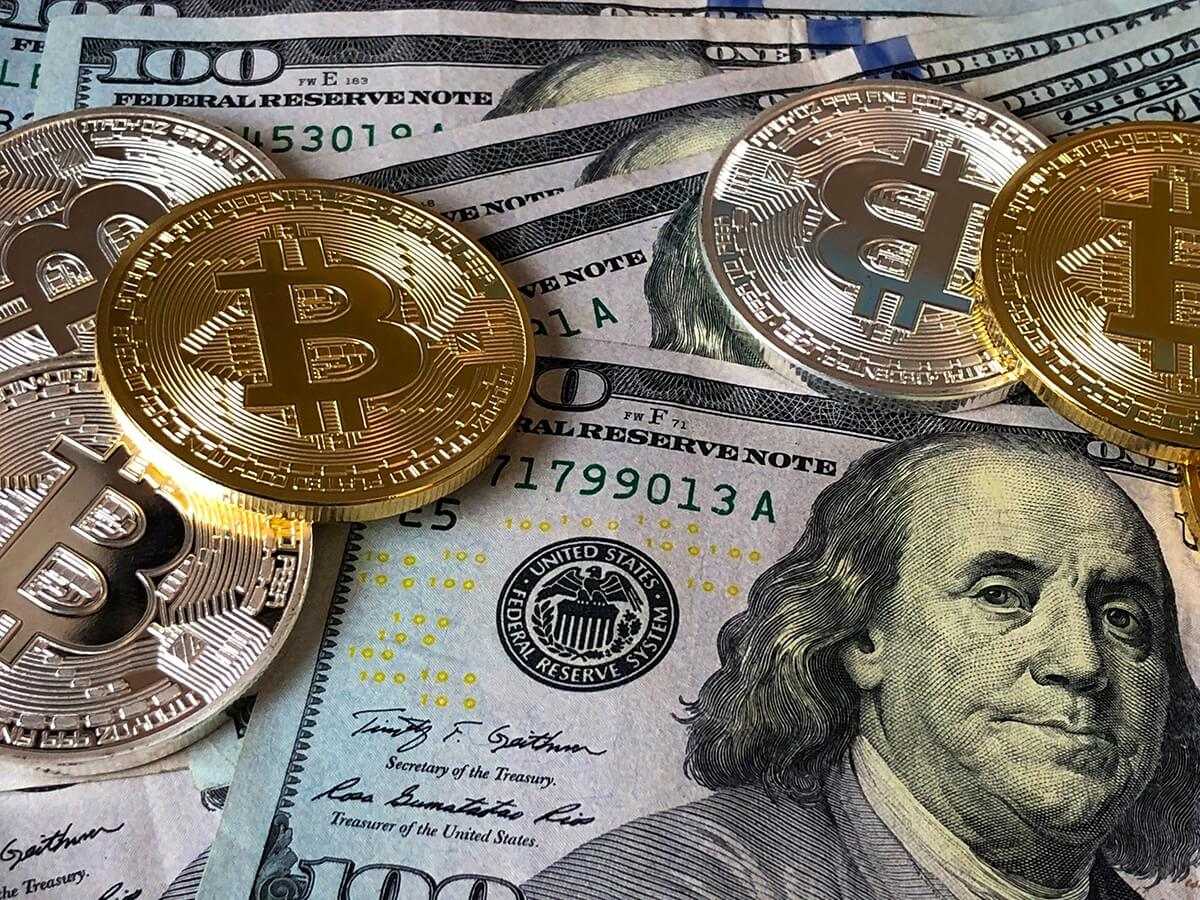
Decentralized Finance Cryptocurrency Exchanges
Many crypto users prefer DEX, although they do not trade in fiat money.
- 0x Protocol
- 1inch Exchange
- BurgerSwap
- Compound
- Curve Finance
- PancakeSwap
- Sushiswap
- Tokenlon
- Uniswap (V2)
- Venus
The Euro and US Dollar are examples of fiat money. Fiat money has value because governments declared it a legal tender for bargaining but are not backed by actual commodities.
Risks and Advantages of Decentralized Finance
| DeFi Benefits | DeFi Risks |
|---|---|
| It is unnecessary to involve a third party when transferring assets. Funds held by an organization are not at risk of being hacked. | Users that use DeFi must safeguard and remember the keys to their crypto wallets. Additionally, they also need to learn how to use crypto platforms and processes. |
| Decentralized exchanges prevent market manipulation by allowing peer-to-peer exchange of cryptocurrencies, protecting investors from fake trading, market manipulation, and wash trading. | DeFi exchanges do not support traditional Fiat or digital currency, making them less accessible to anybody that doesn't already own cryptocurrencies. |
| Anybody can access decentralized exchanges without using a formal financial institution. | Most crypto transactions are facilitated through CeFi exchanges as decentralized exchanges lack liquidity, making it difficult to find both sellers and buyers during low trading volumes. |
DeFi vs Traditional Finance
Traditional Financial institutions historically build services around the critical areas of financial movement.
- Pay
- Invest
- Trade
- Save
- Borrow
- Risk Management
These Institutions are operated and governed by gatekeepers. Financial bodies such as the Securities and Exchange Commission (SEC) and the Federal Reserve Bank regulate them, while congress amends them over time. They set the rules for all the centralized financial institutions and brokerages.

You will need to navigate these mediators to access financial services, from mortgages, stock exchanges, forex exchanges, and auto loans to trading stocks and bonds. In turn, each will take a percentage of your funds with every financial action you decide to take.
Financial Institutions
You can access financial services based on your assets and economic history. Approval can take a few days after disclosing your details and financial records to the service provider.
When you save money, additional service fees and decreased interest rates are part of the package. You spend more on service fees than you gain on interest unless you invest massive amounts. In contrast, borrowing money carries hefty interest rates and additional service fees.
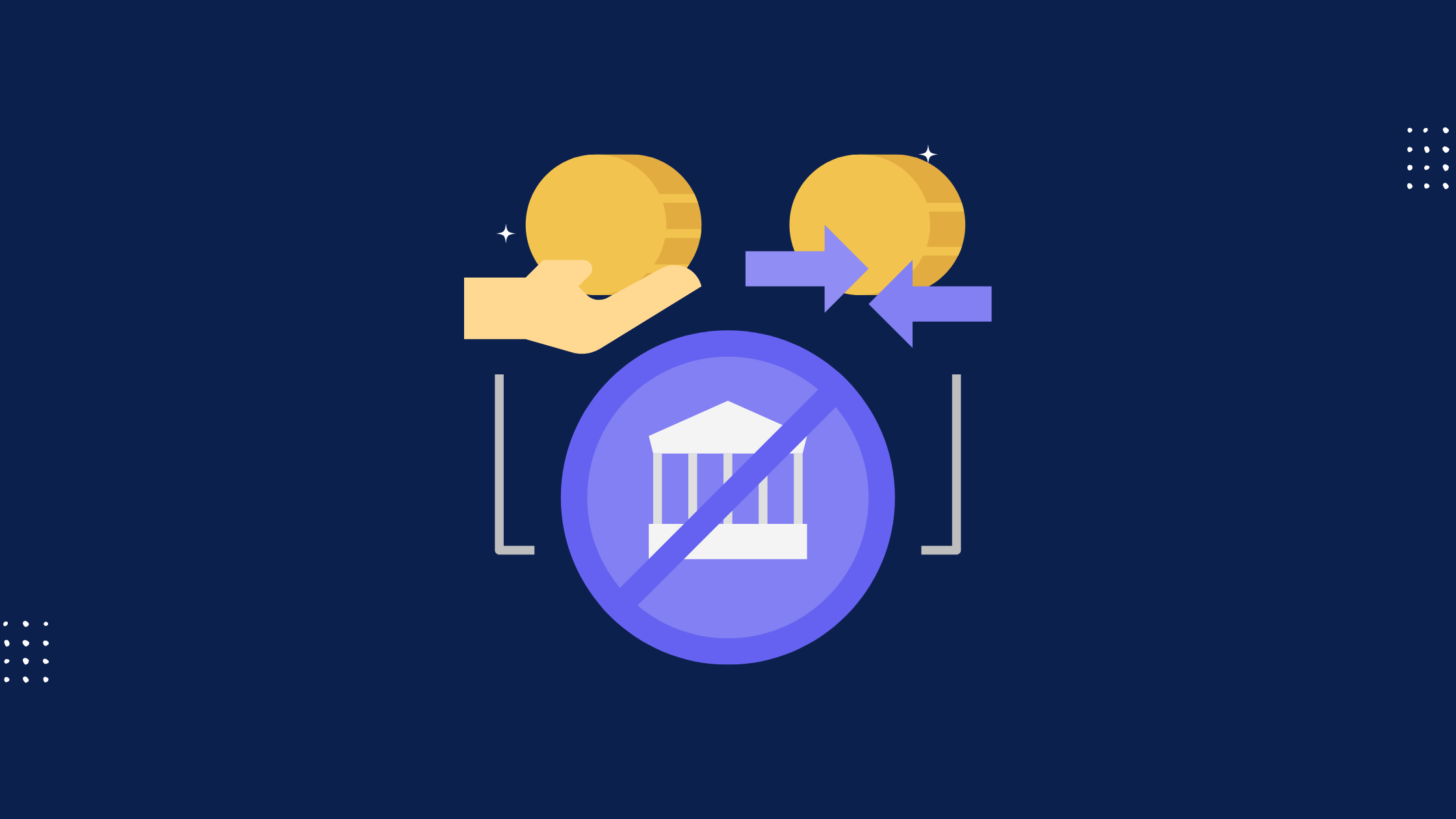
Traditional Finance vs DeFi using Online Payment Platforms
CashApp, Venmo, or PayPal are peer-to-peer payment services that you may mistakenly think of as DeFi. You can make peer-to-peer payments through these platforms, but they must still be linked to bank accounts or cards to work.
If you DeFi compare vs traditional finance, they rely on Traditional Institutions to perform transactions between parties, whereas DeFi does not.
Removing the Middleman
DeFi unbundles TradFi by taking the primary services that banks, exchanges, and insurers provide and placing them in the hands of regular people. All operations are automatically captured and executed by programs built on blockchain networks, reflecting across the global network.
The Benefits of using DeFi vs TradFi
When people do peer-to-peer exchanges between themselves, go-betweens, and gatekeepers of the traditional CeFi system are removed, allowing them access to more of their funds without paying third parties to use it. Using DeFi vs TradFi finance, you earn more interest on your savings.
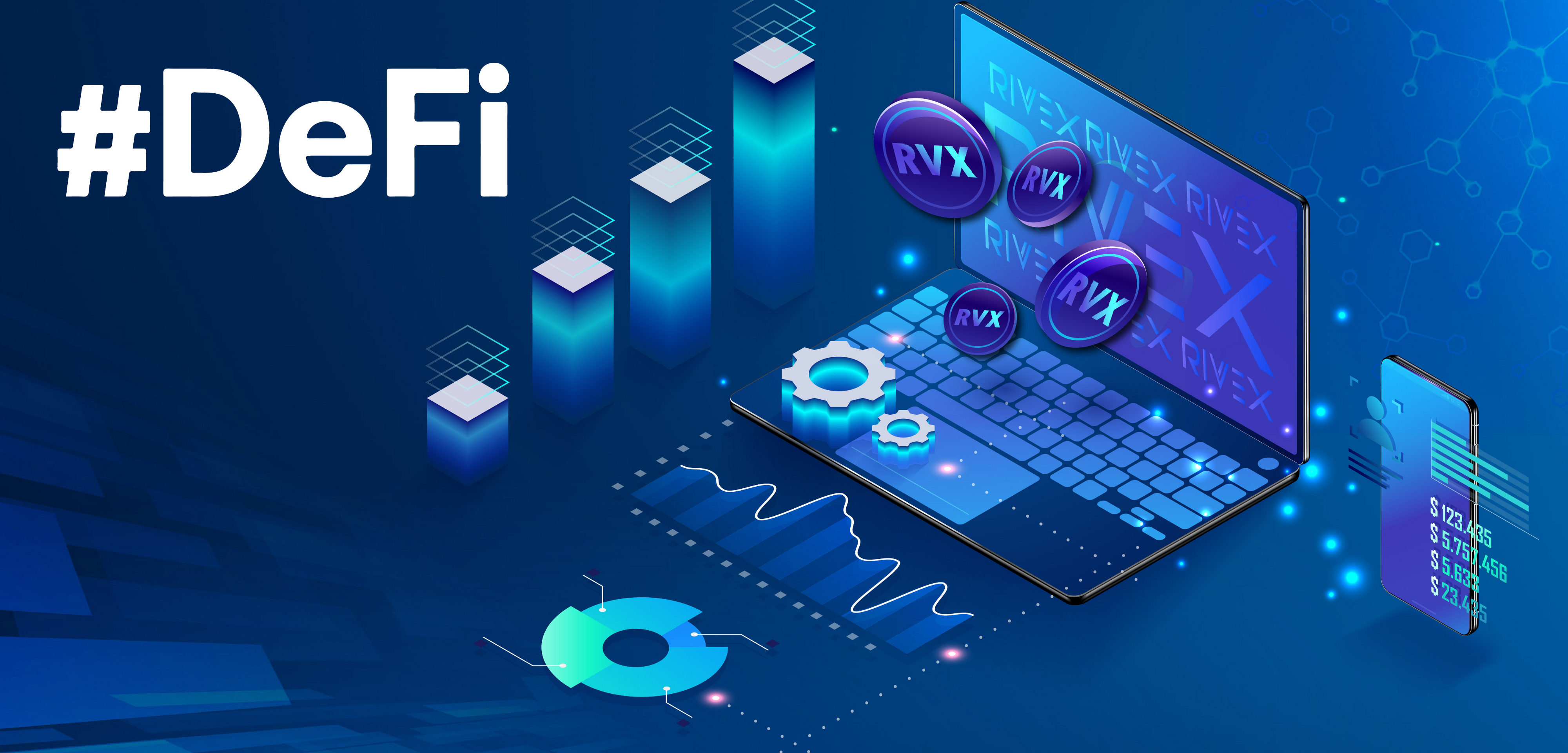
Looking at Decentralized finance vs Traditional finance, TradFi uses Service Providers to build and supply access to financial services. DeFi uses Blockchain Technology and decentralized protocols to create DeFi smart contract platforms.
They build products around these principles that automatically execute them when you activate them using peer-to-peer exchanges without mediators.
Differences and Similarities
There are few similarities between DeFi vs Traditional Finance, besides both platforms building services around the six areas needed to facilitate the movement of financial assets.
| Traditional Finance | Vs. | Decentralized Finance |
|---|---|---|
| Clearing Houses and Service Providers process the information; it takes longer. | Clearing and Settlement | One of the advantages of DeFi is that it captures the settlement process in the underlying Blockchain, which completes it instantly. |
| Not all transactions require collateral, or collateral can be equal to or less than the funds provided. | Collateral Requirements | Asset volatility and the absence of credit scoring generally require over-collateralization. |
| The movement toward Open Finance via dedicated intermediaries and application programming interfaces limits interaction. | Cross-Service Interaction | Services can integrate with any other service using the same Blockchain and will be able to potentially access services across chains. |
| Assets are held by a regulated service provider or custodian that allows the owner access to their holdings at a fee. | Custody | Users hold assets in non-custodial wallets or via contract-based escrow. |
| Intermediates will process transactions between different parties that facilitate the trade execution. | Execution | Peer-to-peer transfers are executed by automated DeFi smart contracts that capture the transfers on global blockchains. |
| The service provider, regulator, marketplace, or self-regulatory organization specifies it. | Governance | Users holding tokens granting voting rights determine them, and protocol developers manage them. |
| Service providers conduct identity checks, and personal data is subject to national privacy laws. | Privacy And Access | User balances are public. Anti-money laundering regulators are still discussing identity verification requirements. |
| Systems are vulnerable to data breaches and hacks in software-controlling assets. | Security | Systems are susceptible to data breaches and hacks in software-controlling assets. |
How Does DeFi Work vs Traditional Finance Work
TradFi and CeFi charge you a fee to use your money since you use their services to gain access to financial services. You see very little or none of the profits they make from using what you invested as collateral.
Decentralized banking pays you interest when you stake your funds in a blockchain to test transactions without billing you for using the service. If you look at DeFi vs TradFI, you can do most things a bank does but access it using cryptocurrency.
- Borrow Money
- Buy Insurance
- Earn Interest
- Lend Money Out
- Trade in Derivatives and Assets
| Services | TradFi | DeFi |
|---|---|---|
| Investment | Bonds and stocks are accessible through banks and exchanges. | Use financial tokens like ICO, STO, and ETF. |
| Loans | Banks | Decentralized Lending |
| Payments | Use Cash, credit cards, or bank transfers. | Stablecoins |
| Trading and Exchange | Brokers like NASDAQ and exchanges will allow access. | Use decentralized exchanges. |
| Value Store | Fiat Money | Proof-of-Stake (Newer Coins) and Proof-of-Work (Bitcoin) |
TradFi vs DeFi Advantages and Disadvantages
Using DeFi is expected to exponentially increase once it becomes more familiar to the mainstream market. Both financial platforms have advantages and disadvantages that the other lacks when looking at DeFi vs TradFi.
Scroll down for the DeFi benefits and disadvantages. We’ve also outlined the traditional finance pros and cons:
DeFi
Benefits of Decentralized Finance:
- A Contactless System
- Accessible to Individuals who don’t use Traditional Banking Systems
- Fewer Errors due to Human Interaction
- Instant Approvals without Authorization
- No Mediators
- No Service Fees
- Permanent and Quick Access
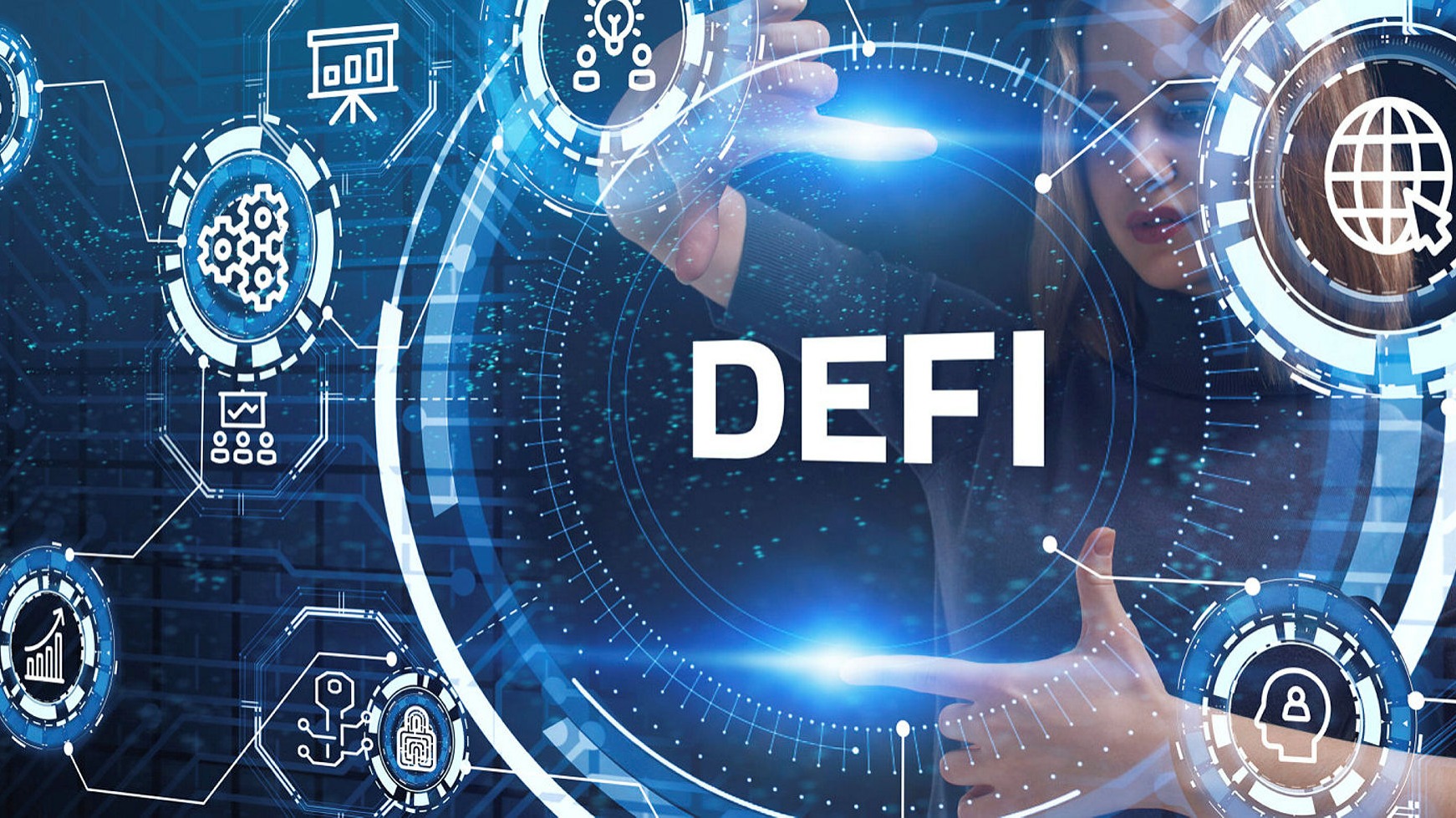
Disadvantages:
- Centralization is problematic
- Internet Savvy
- Interoperability is Low
- Liquidity is Still Growing
- No Financial Insurance or Proper Regulation
- Over-collateralization
- Recently Launched
- Responsibility
- Reversibility
- Scalability
- Smart-contract Problems

TradFi
Decentralized Finance Benefits:
- Access
- Errors Correctable
- Financial Networks
- Financial Support without Full Collateral
- Liquidity
- Regulated and Covered by Insurance
- Responsibility
- Reversibility
- Services and Trade
- The World is Built for TradFi
- Worldwide Use with or Without Internet
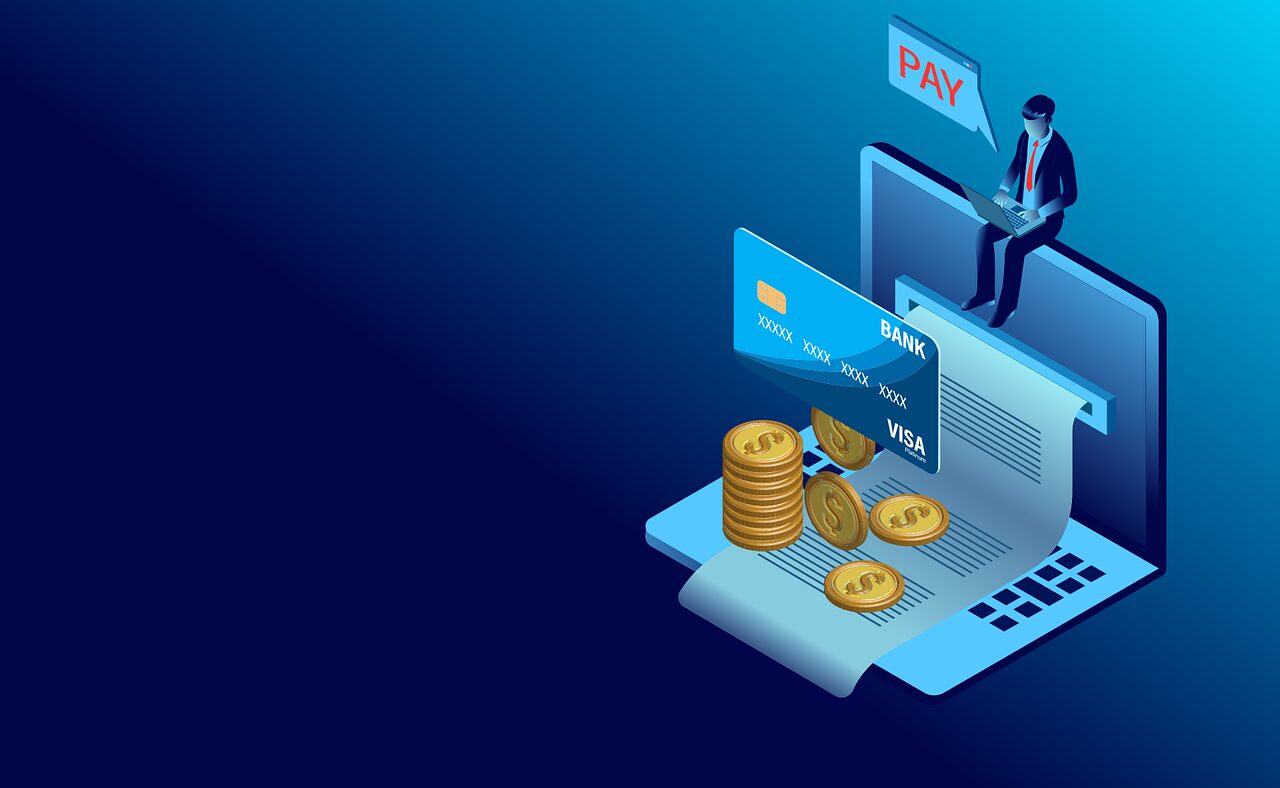
Disadvantages:
- Excessive Service Fees
- Fraud and Corruption
- Long Approval Waiting Periods
- Mediators Needed to Access and Approve Services
When comparing DeFi vs Traditional finance, there are plenty of challenges that DeFi still needs to resolve before it can replace or replicate TradFi as a mainstream financial platform.
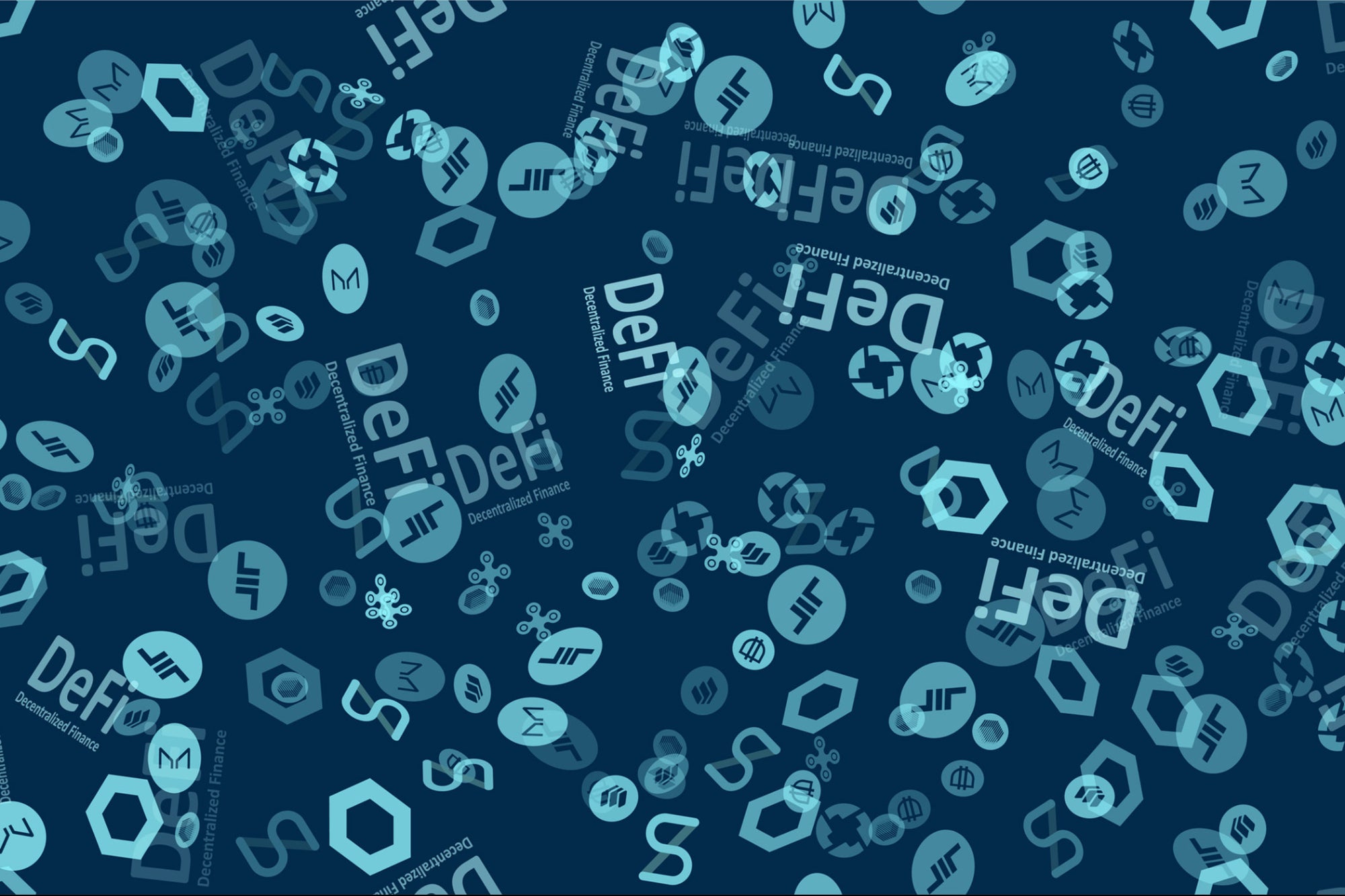
Challenges
The market can be volatile and largely unregulated. Protocols run on smart contract codes. Nobody can legally be held responsible for problems in the code.
The lack of regulation within the ecosystem makes room for malicious activities in DeFi contracts. You need internet access to use DeFi, which is not available everywhere. Financial institutions resist DeFi protocols in the absence of a regulatory framework.
How to Get Involved with DeFi?
Take a gradual approach when getting involved in new financial markets. Stay humble and mitigate your risk.
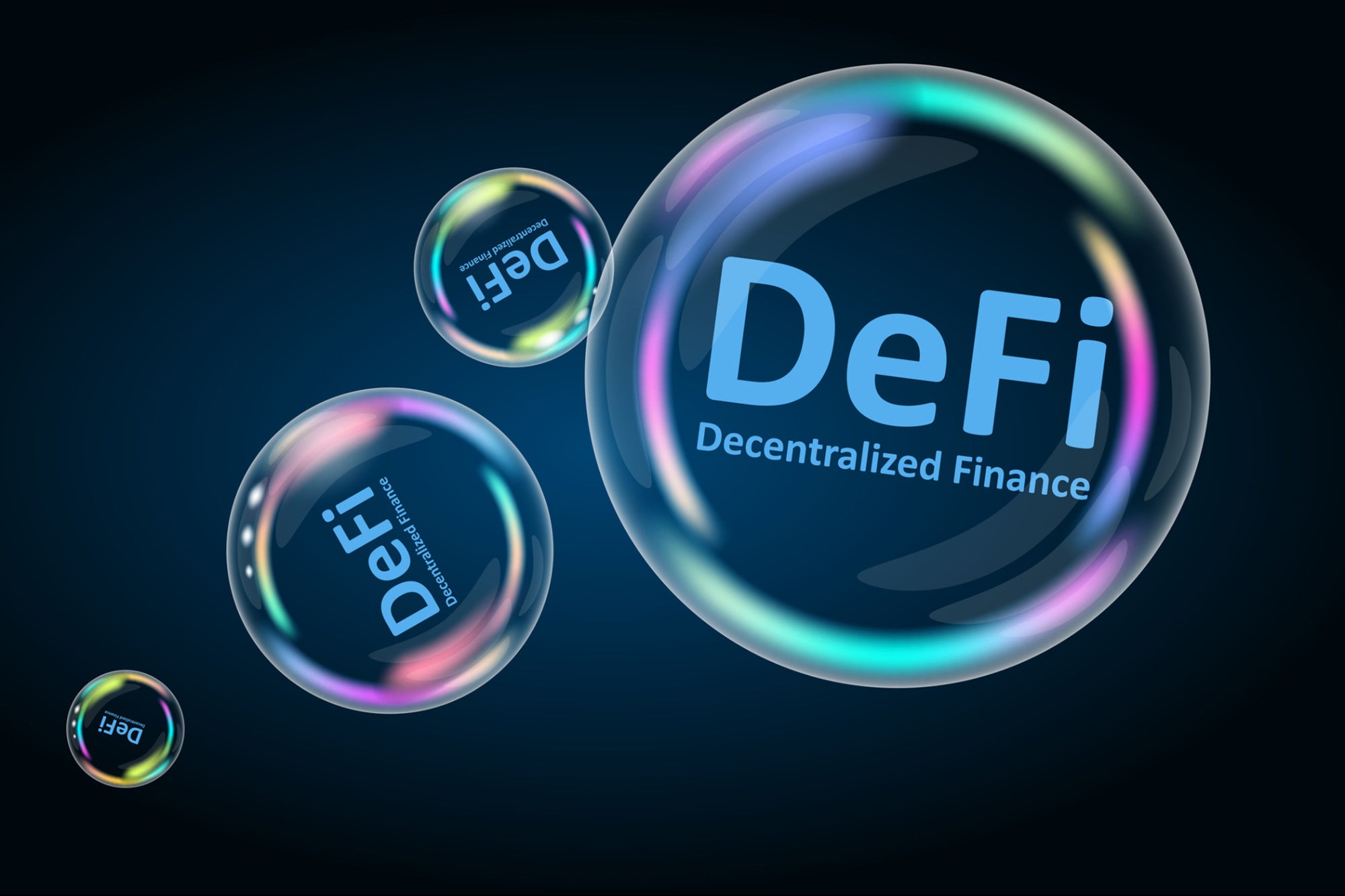
Open a DeFi Supported Crypto Wallet.
Set up a self-custody Ethereum Wallet which you can fund when you buy DeFi crypto. They are the key to accessing DeFi. DeFi Crypto app will allow instant access to your wallet wherever you are. A Metamask wallet is a good choice.
Trade in Digital Assets
Learn to trade digital assets on a decentralized exchange like Uniswap. In this DeFi crypto platform sell and buy crypto DeFi coins. Keep it small since you will likely lose everything you invest while finding out which assets and platforms are the best to trade.
Investigate Stablecoins
Invest in a currency like TrueFi (TRU). DeFi uses TrueFi credit to facilitate unsecured loans to institutional borrowers that have already been vetted. They aren’t subject to movement in the prize as they are dollar-based tokens.

Conclusion: The Future of DeFi
Many DeFi-enabled casino platforms and trading exchanges have surfaced since 2021. The crypto market has recently seen a sharp increase in DeFi wallet activation. Now is already seeing significant improvements and better solutions to resolving inefficiencies.
Financial Institutions will either attempt to stall DeFi to avoid losing trillions in service fees or offer services that will enable them to profit from DeFi as the public adopts it.
